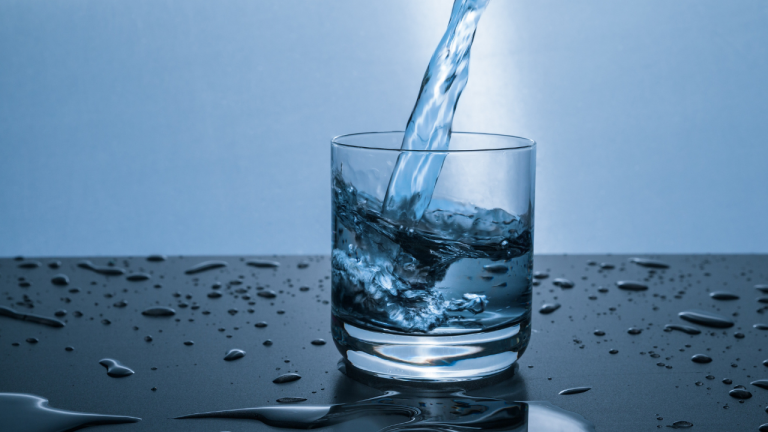What are the Differences Between Sea Salt and Rock Salt?

Do they have Different Effects on Our Body, and which one has More Health Benefits for us to Consume regularly?
Sea salt and rock salt are both types of salt, but they differ in their sources, processing methods, and mineral content. Here are some of the differences between the two:
Sources: Sea salt is derived from the evaporation of seawater, while rock salt is extracted from underground salt deposits.
Processing: Sea salt is usually less processed than rock salt and may contain trace amounts of minerals like magnesium, potassium, and calcium, which can give it a slightly different flavor and color.
Texture: Sea salt is often less dense and has a coarser texture than rock salt, which can make it easier to sprinkle on top of food.
As for the effects on our body, both sea salt and rock salt contain sodium, which is an essential mineral that helps to maintain proper fluid balance, nerve function, and muscle contraction. However, consuming too much sodium can lead to high blood pressure, which is a risk factor for heart disease and stroke.
In terms of health benefits, some proponents of sea salt argue that it may be more beneficial than rock salt due to its mineral content. However, the amount of minerals in sea salt is generally very small and unlikely to have a significant impact on health.
In general, it is recommended to consume salt in moderation and choose a variety of salt types to add flavor to your food. The American Heart Association recommends that adults consume no more than 2,300 milligrams of sodium per day, which is about one teaspoon of salt.



